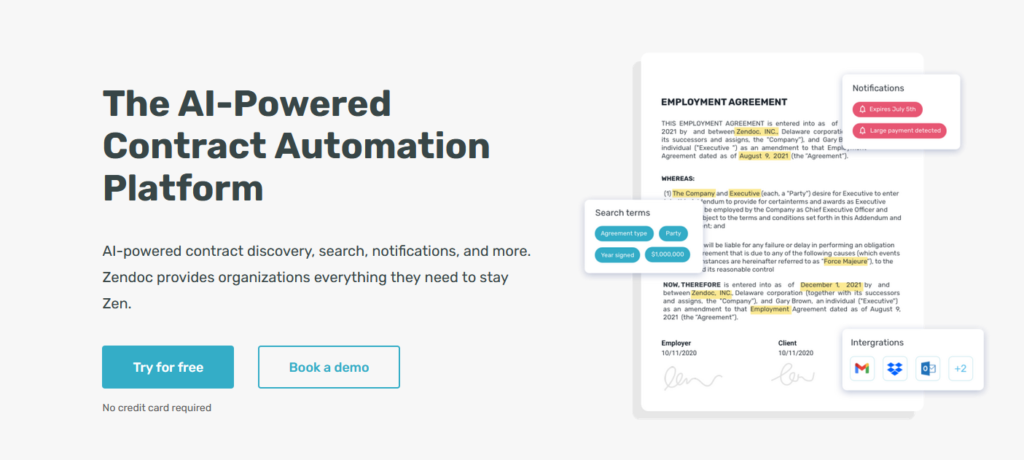Contract management workflow is used to guide your contract throughout the conditional and standard pathways that the contract might take during the development, negotiation, and implementation phase. Forinstance, the workflow could guide any contract which the client has declined to legal only for review. While this might seem like an odd thing to a first-time user of contract management software, many companies find this workflow useful in their business.
What is effective contract management?
The problem is, most software programs don’t provide an easy way to deal with these types of transactions. Contract management software programs typically allow users to create, modify, or evenredline documents. However, there is no way to incorporate workflow between these different phases. You need to have someone else do the tedious task of creating, modifying, and redlining these types of contracts. Luckily, there are software programs available that will take care of all these tasks for you.
How do you build a contract management system?
An esignature is a generic term which describes one of the main transaction steps within a contract or other type of relationship. An esignature is generally defined as any document or set of documents which outlines the contract or other relationship. One example would be the receipt/contract statement found in a sales receipt. In addition to the esignature being a generic term, each specific contract will have its own set of standard templates for creating these documents.
Why contract lifecycle management is important?
Standard templates for writing contracts are available both online and in software programs such as Microsoft Office. These contract management software programs will generally allow users to easily generate standard templates for all their contracts. This includes the receipt, the proposal, the contract, and other related documents. Once you’ve written your contracts online or using standard templates, you can then save them onto PDF files for use offline.
What are the four contract life cycle processes?
The standard workflows associated with most contract management systems will automatically generate workflows for different stages of the process involved with creating these contracts. These workflows generally start by creating a new record within the database. A record can either be an individual record or a set of related records. After this has been created, it will be necessary to add in other information such as the full name of the person to whom the contract will be issued, the date, address, and other relevant information. This information is added to the database so that it can be pulled back later on when necessary.
What is the first stage of contract life cycle?
The next stage of the lifecycle process involves updating the existing database. This may be done manually or using automatic updates provided by the software. Most software helps with updating the existing contracts by automatically updating the contract details when changes are made to these contracts. This ensures that a business will be always ready to issue new contracts, without having to manually do it.



